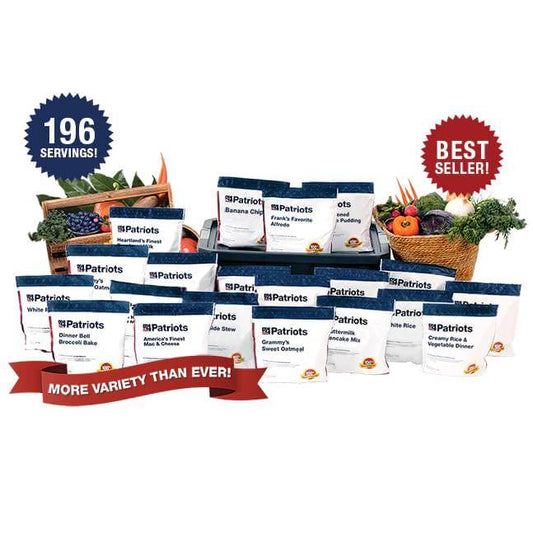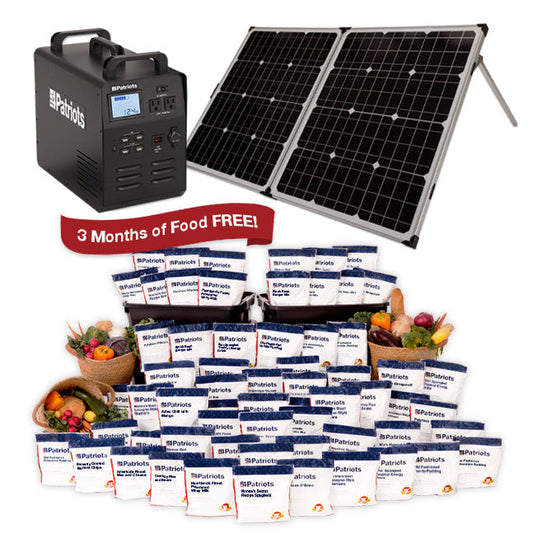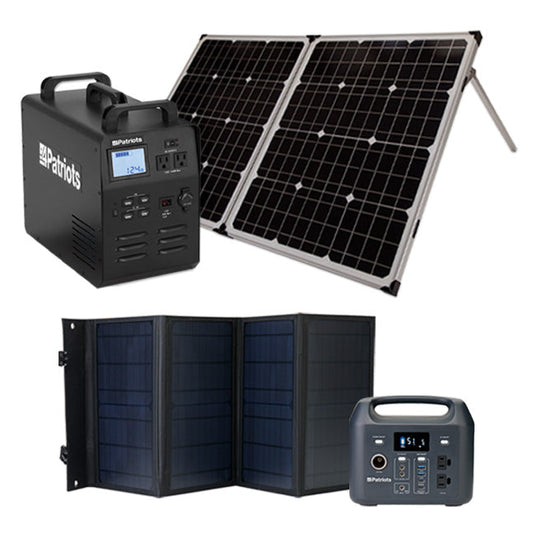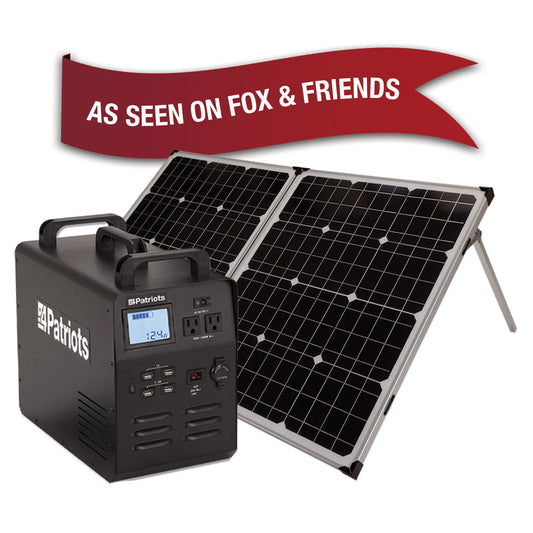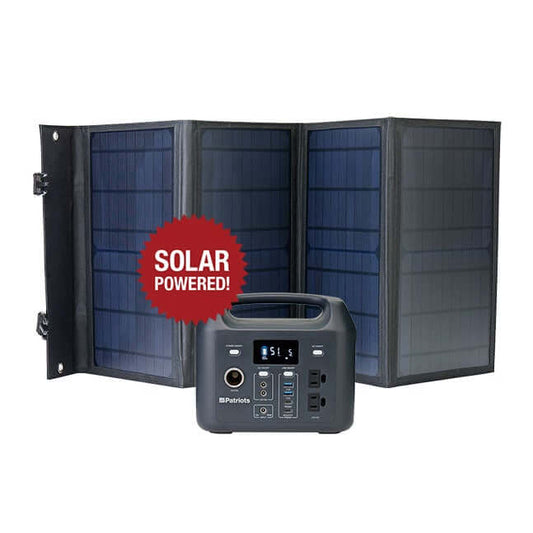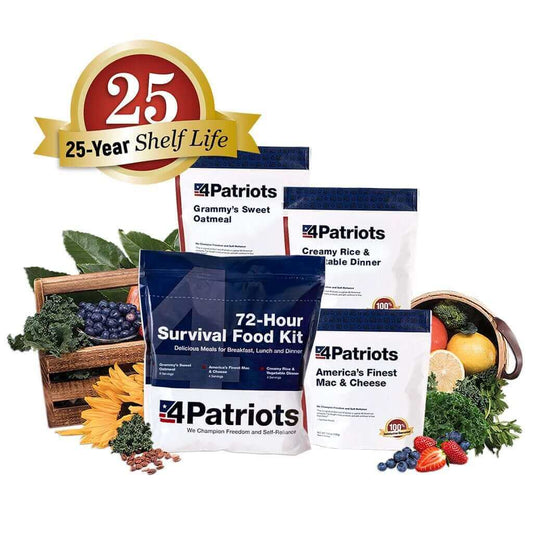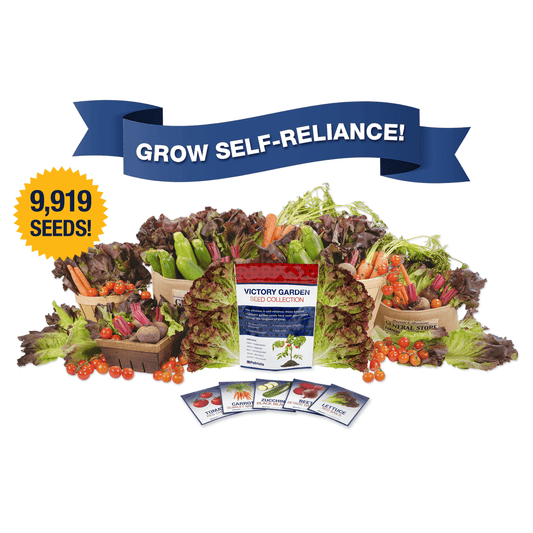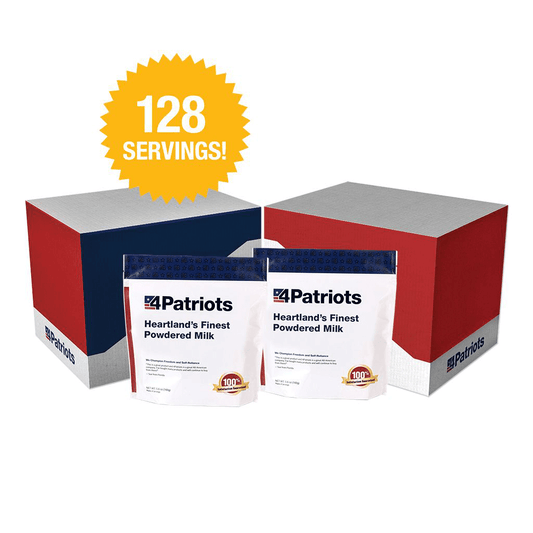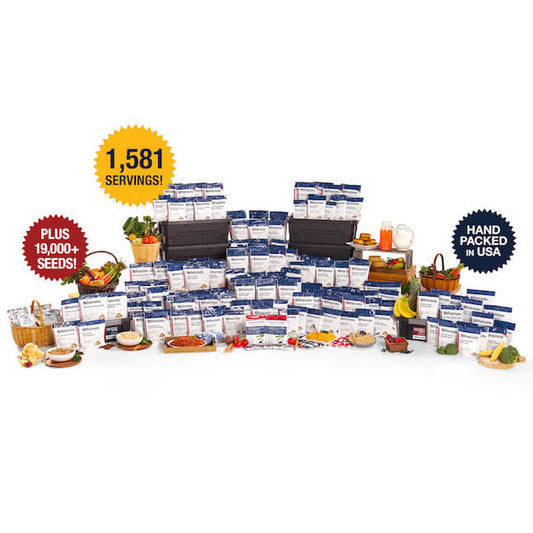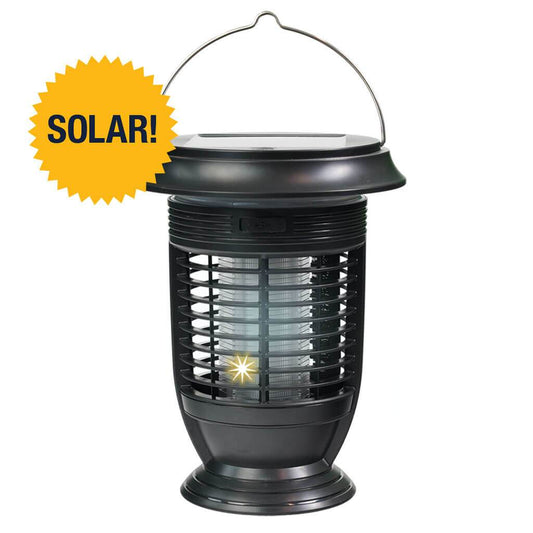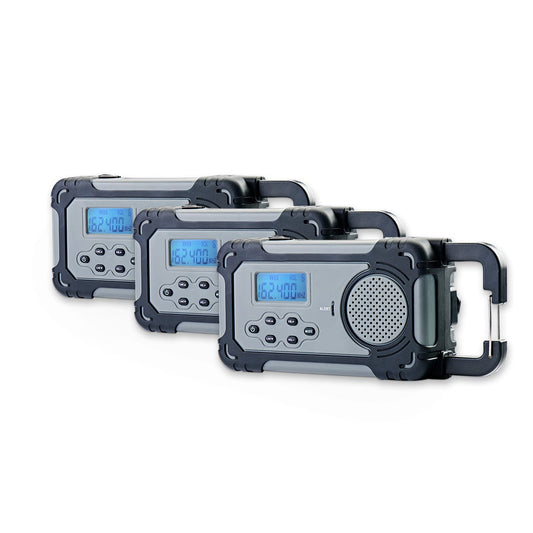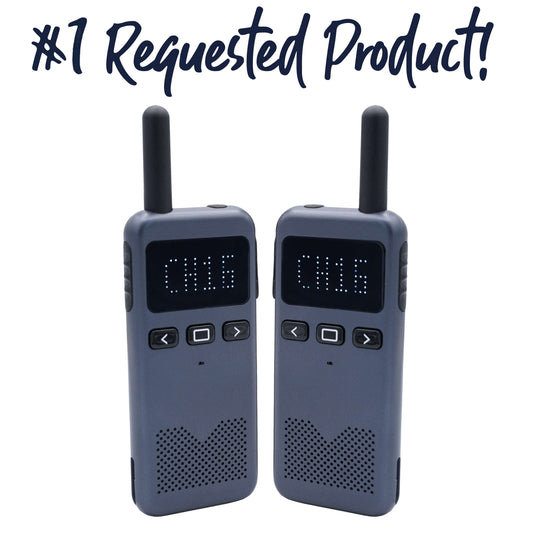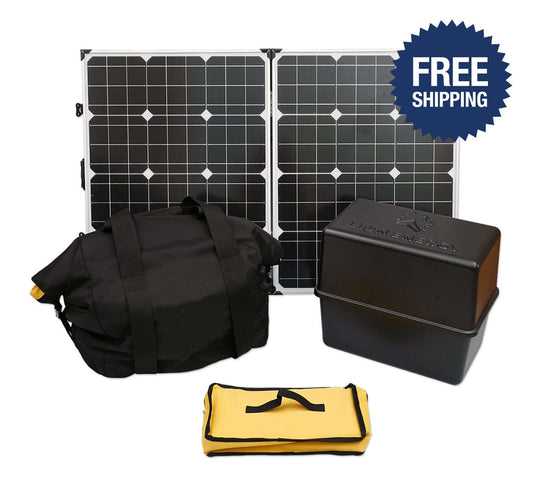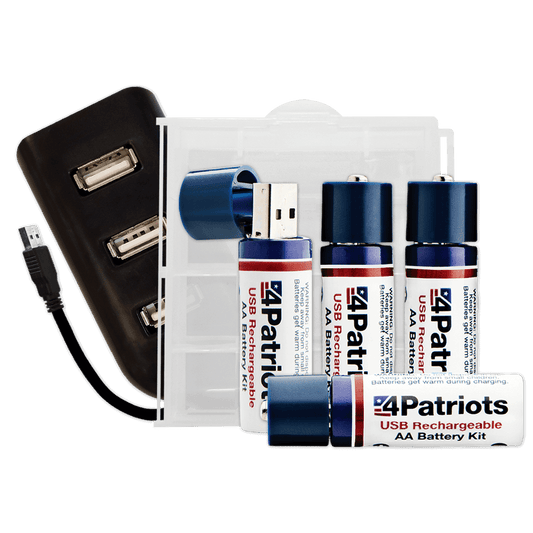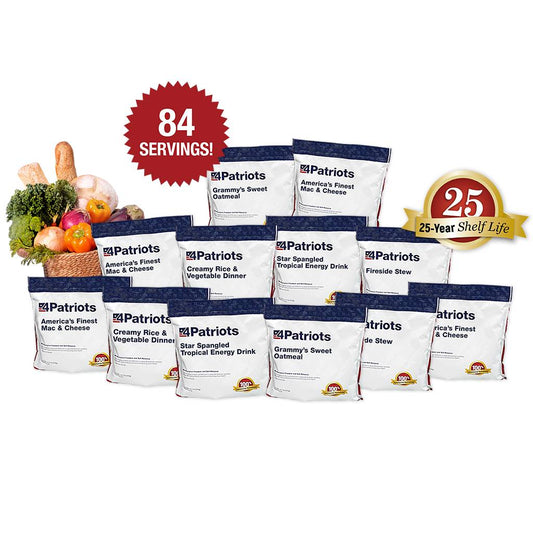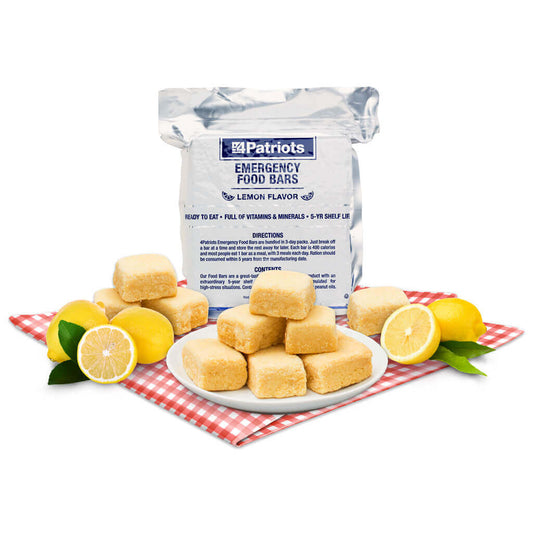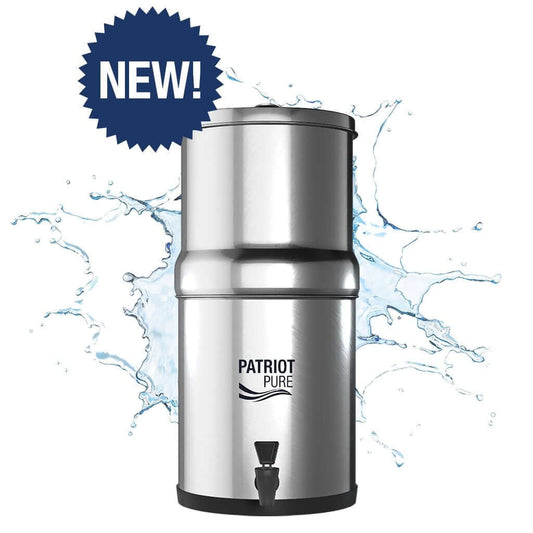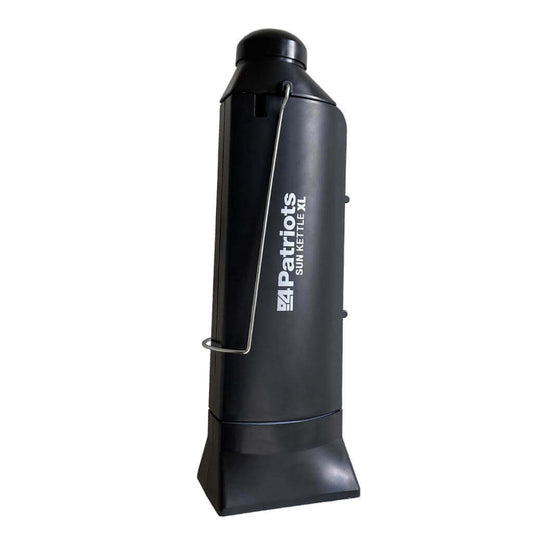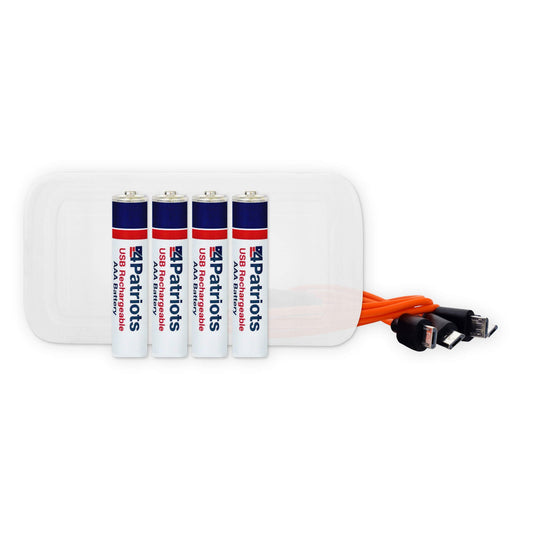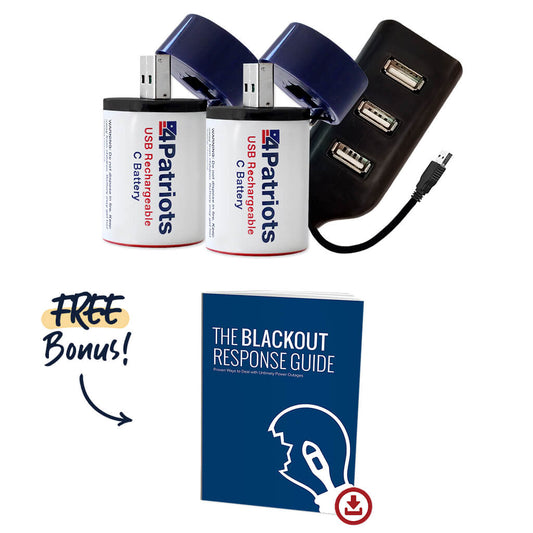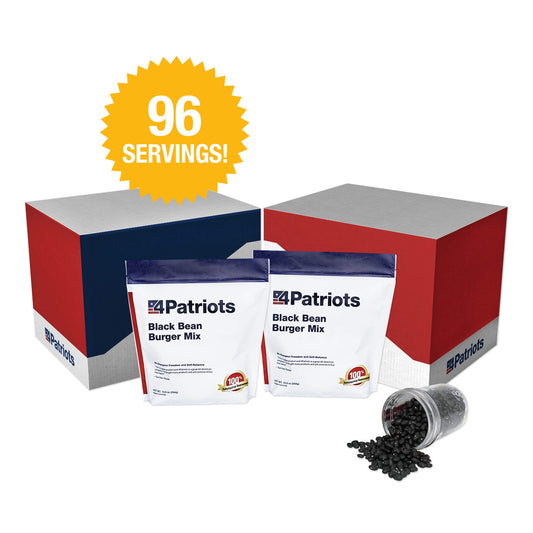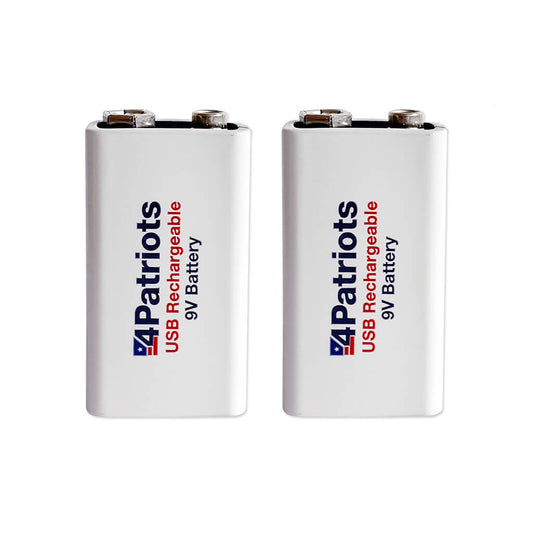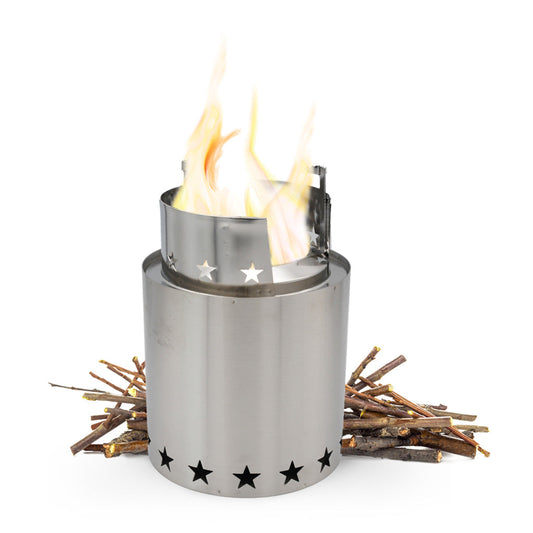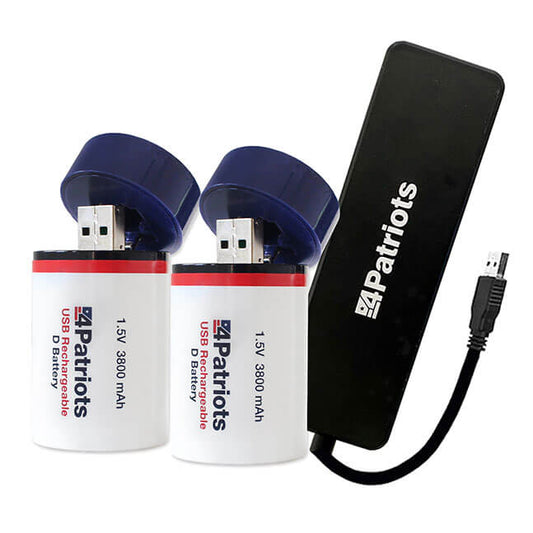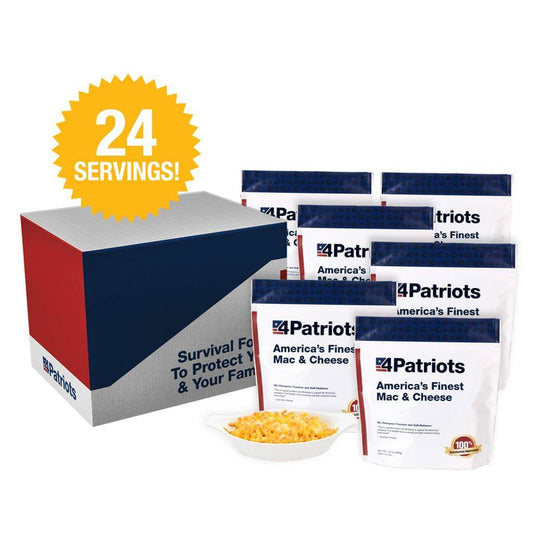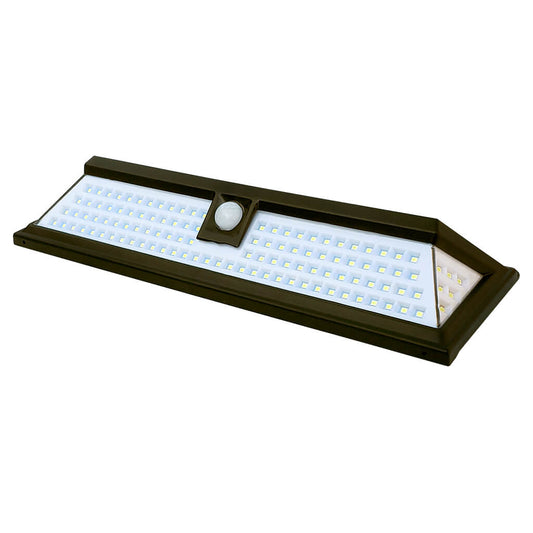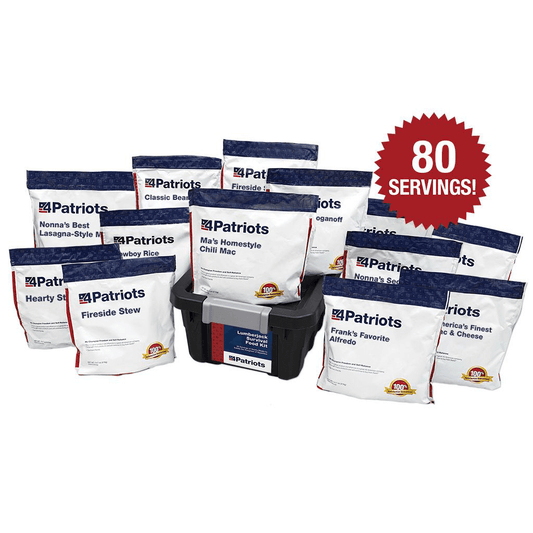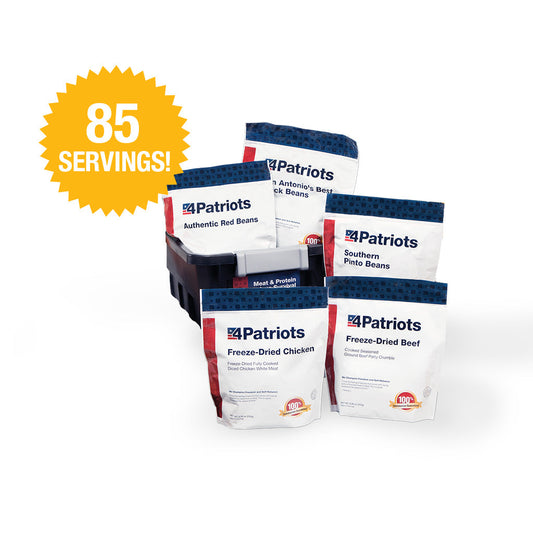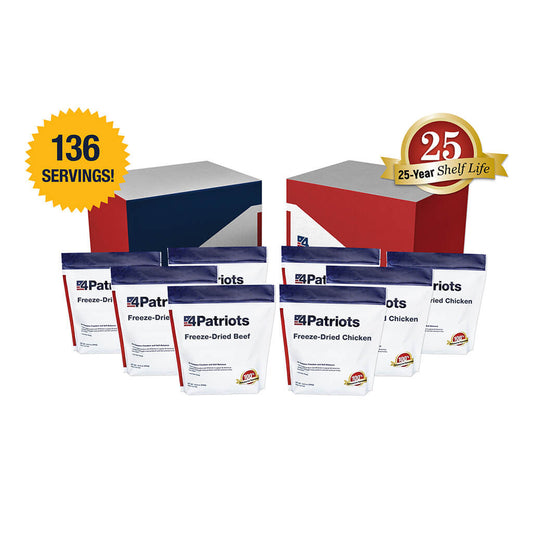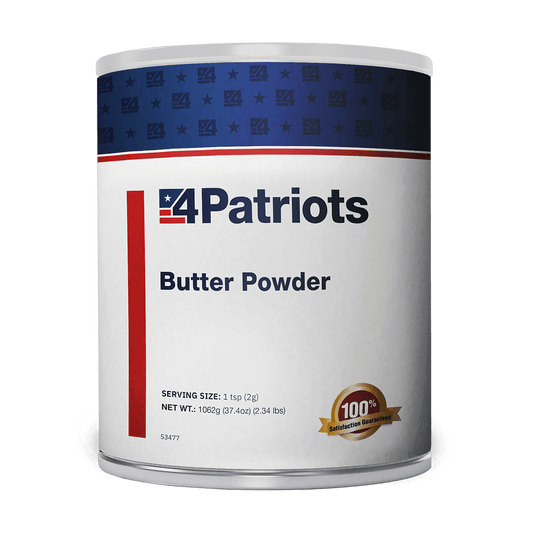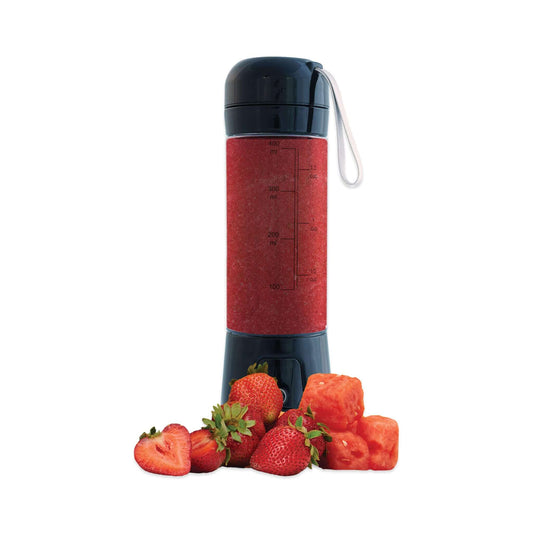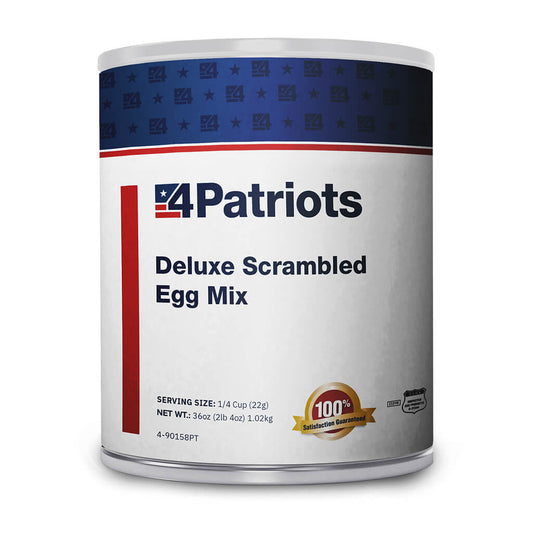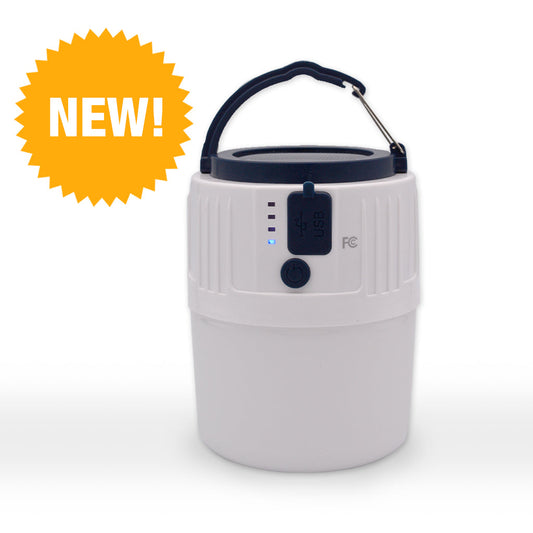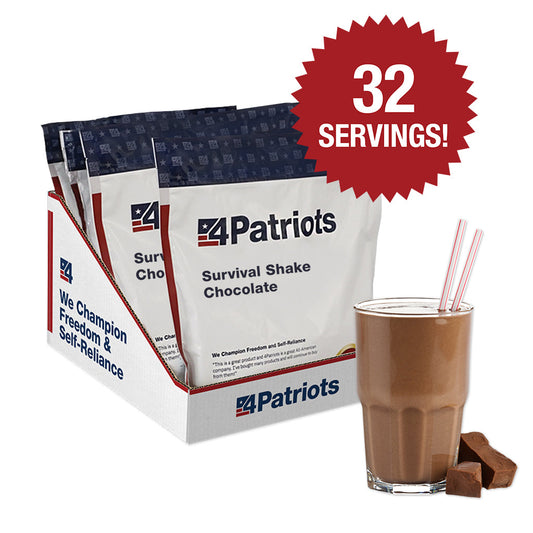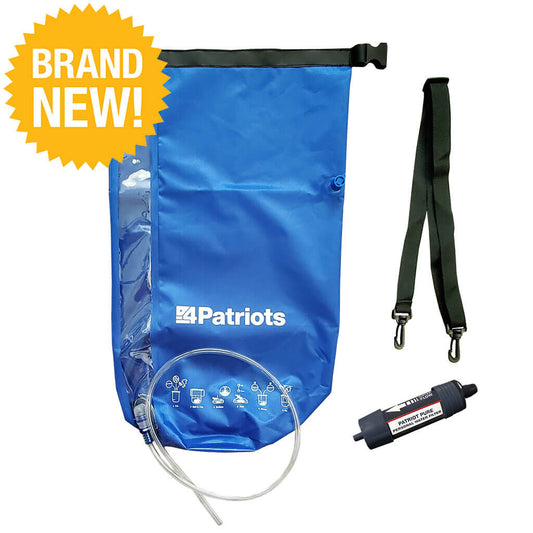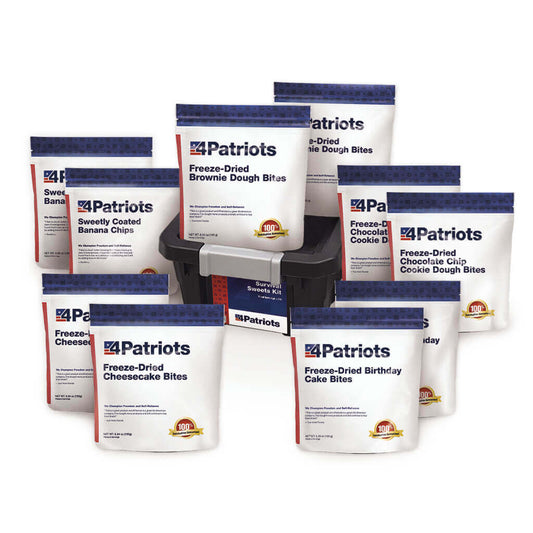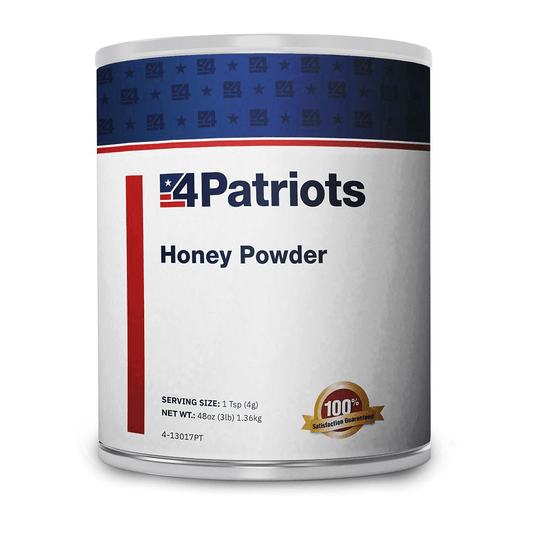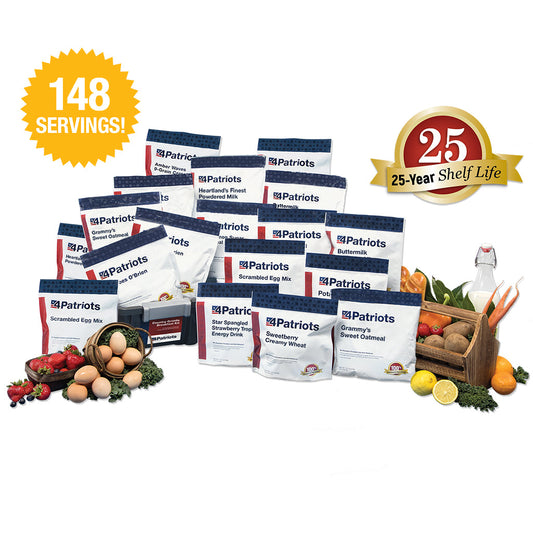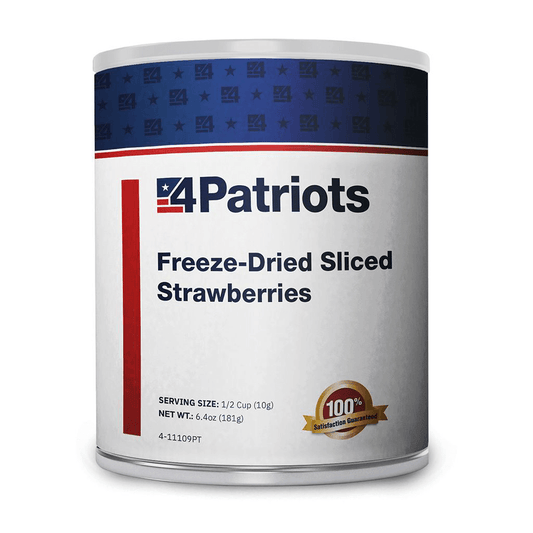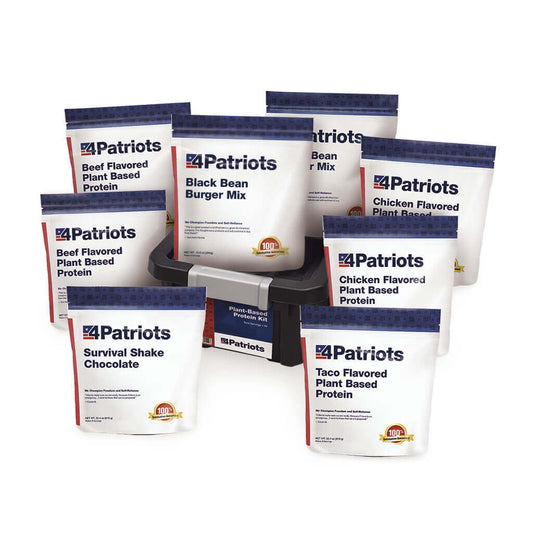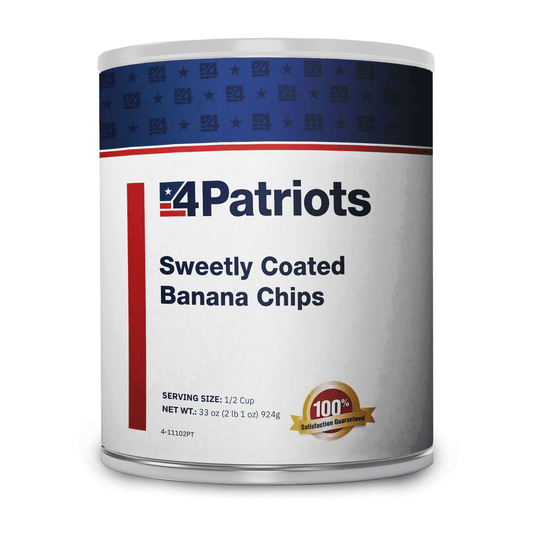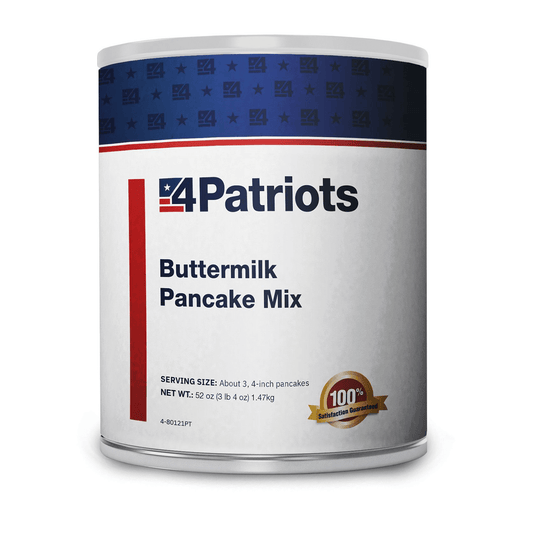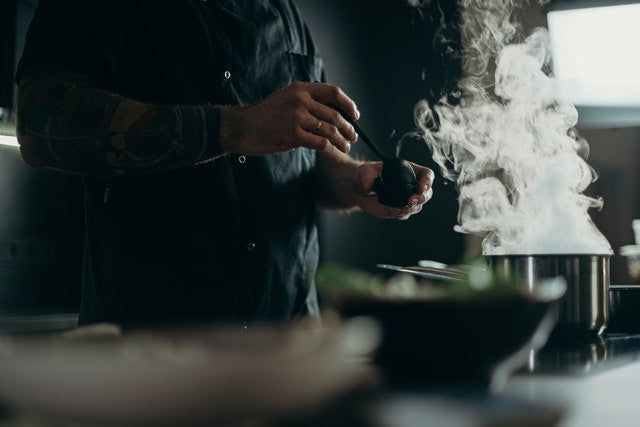
Tips on Cooking Food Safely

We need food to survive. That’s the understatement of the year, right? It’s a no-brainer. But stay with me here.
Food is what gives us the energy we need to stay strong physically and sharp mentally. The occasional fast for a cleansing is OK, but eventually we need to replenish what we’ve lost.
Regardless of whether we’re in crisis mode or merely in our normal, day-to-day activities, we need nutritious food to keep us at our best.
But while food is essential for our health, it can also make us sick. Or even kill us. I’m talking about food that is not cooked properly. Today I want to discuss why it’s crucial to make sure your food is cooked safely.
Unhealthy food need not apply
Lesson number one is to eat the right types of foods. The kinds that will provide you with the vitamins, minerals and other nutrients you need.
Eating too many processed foods will eventually take its toll. Especially as we age, our bodies need nutritious food to function properly.
Younger people might be able to get away with poor diets for a while. Although they’ll pay a price for that before too long.
But as we age we feel it the very next day when we don’t eat right. I’m guessing you know exactly what I mean.
More challenging, but worth it
So whether you’re buying food to eat over the next week or two, or stockpiling food for an emergency, make good choices.
I’ll get off my healthy food soapbox for a minute to admit this. Eating healthy foods is a little more challenging than grabbing pre-cooked, processed foods.
It takes more time to have a healthy diet, but it’s worth it. The key, though, is to make sure your healthy food is cooked properly.
Otherwise, you can un-do all your good efforts. You don’t want to get sick now from improperly cooked food. And you certainly don’t want to fall ill during a crisis.
Turn up the heat
Eating food that is cooked inadequately is a common cause of food poisoning. Also watch out for cross-contamination from raw to cooked foods. This can happen due to utensils or our hands touching both.
Those most vulnerable to food poisoning are pregnant women, young children and the elderly. As well as those with weakened immune systems.
The most important factor when it comes to cooking food safely is temperature. Raw beef, pork, lamb and veal steaks, chops and roasts should be cooked at an internal temperature of 145 degrees Fahrenheit.
Grounds meats such as raw beef, pork, lamb and veal should be cooked to an internal temperature of 160 degrees. All poultry should be cooked to an internal temperature of 165 degrees.
Use a thermometer to check on the temperature. Cooking at these high temperatures should kill any bacteria. Allow cooked meat to “rest” for at least three minutes before carving or consuming.
Customized cooking
Sausages, whole chickens and stuffed meats need to be cooked all the way through to the center. If you can see pink meat anywhere, it’s not cooked enough. Also, the juices should be clear.
For steak, chops and whole cuts of red meat, bacteria are mostly on the surface. So you can cook that meat to your personal preference.
Fish should be cooked until it flakes easily with a fork. Any foods made from eggs, such as an omelet, should be cooked thoroughly.
And if you’re cooking food in a microwave oven, make sure it’s cooked evenly throughout before eating it.
High-risk foods
Among the high-risk foods for bacteria are raw and cooked meat, and dairy products. Plus eggs and egg products, hams and salamis, seafood, rice and pasta, and salads.
Once those high-risk foods have been cooked, they should be eaten or refrigerated within two hours.
High-risk foods that have been in temperatures between 40 and 140 degrees Fahrenheit for two to four hours should be consumed immediately.
Any high-risk foods that have been left in temperatures of 40-140 for more than four hours should be tossed out.
Pre-cooking safeguards
Of course, you want to make sure your refrigerated and frozen food is good before you even start to cook it.
Here are some general guidelines on how long different foods can stay safe in a refrigerator. Please note: there are differences of opinion on this subject, and none of the suggestions below are guarantees.
- Hot dogs. An unopened package should last two weeks. An opened package only one week.
- Bacon and sausage. Raw bacon should last seven days. Raw sausage no more than a couple of days.
- Raw hamburger and ground beef. One to two days.
- Steaks, chops and roasts. Three to five days.
- Raw poultry. One to two days.
- Soups and stews. Three to four days.
Now for general guidelines on how long different foods can stay frozen and still be healthy to thaw out and eat. Again, none of these recommendations are guarantees.
- One month for bacon; two months for hot dogs and ham; four months for raw hamburger and chicken; nine months for lamb; and up to a year for steaks and pork roasts.
- Two months for canned seafood, three months for shellfish and fatty fish; six months for shrimp, scallops and lean fish; 10 months for crab; and up to a year for lobster.
- Fruits and vegetables. The general consensus is one year for vegetables and non-citrus fruits. Nuts and citrus fruits would be three months each.
- Desserts and breads. Two months for baked pies; three months for pancakes, cheesecake, baked bread and cookie dough; eight months for baked cookies and baked fruit pies; and up to a year for baked muffins.
- Eggs and dairy. One month for raw eggs and cottage cheese; two months for ice cream and yogurt; six months for cheese; nine months for butter; and up to a year for margarine.
Portable & compact way to cook food... WITHOUT electricity?
Here at 4Patriots, we like solving real-life problems with our products. Like getting hot water in a crisis... You need boiling water to cook, clean and even purify drinking water. Enter our Sun Kettle!
This revolutionary personal water heater cooks food, purifies drinking water to kill waterborne bacteria, and boils water for first aid or kill germs. It also makes the perfectly piping-hot cup of coffee, tea, or cocoa.
Plus it does it all without using fire, fuel, or electricity!
See this solar-powered water heater in action here
Featured Products
- Regular price
- From $1,135.87
- Regular price
-
- Sale price
- From $1,135.87
- Unit price
- per
- Regular price
- $353.98
- Regular price
-
- Sale price
- $353.98
- Unit price
- per
- Regular price
- $3,549.78
- Regular price
-
$4,540.65 - Sale price
- $3,549.78
- Unit price
- per
- Regular price
- $3,552.63
- Regular price
-
$4,256.33 - Sale price
- $3,552.63
- Unit price
- per
- Regular price
- From $42.58
- Regular price
-
$170.31 - Sale price
- From $42.58
- Unit price
- per
- Regular price
- $3,552.63
- Regular price
-
- Sale price
- $3,552.63
- Unit price
- per
- Regular price
- $709.39
- Regular price
-
- Sale price
- $709.39
- Unit price
- per
- Regular price
- $41.23
- Regular price
-
- Sale price
- $41.23
- Unit price
- per
- Regular price
- $3,974.85
- Regular price
-
- Sale price
- $3,974.85
- Unit price
- per
- Regular price
- $42.58
- Regular price
-
- Sale price
- $42.58
- Unit price
- per
- Regular price
- $137.90
- Regular price
-
- Sale price
- $137.90
- Unit price
- per
- Regular price
- $7,106.67
- Regular price
-
- Sale price
- $7,106.67
- Unit price
- per
- Regular price
- $71.01
- Regular price
-
- Sale price
- $71.01
- Unit price
- per
- Regular price
- From $98.09
- Regular price
-
- Sale price
- From $98.09
- Unit price
- per
- Regular price
- $285.75
- Regular price
-
- Sale price
- $285.75
- Unit price
- per
- Regular price
- From $129.32
- Regular price
-
$184.74 - Sale price
- From $129.32
- Unit price
- per
- Regular price
- $1,420.20
- Regular price
-
- Sale price
- $1,420.20
- Unit price
- per
- Regular price
- $42.58
- Regular price
-
- Sale price
- $42.58
- Unit price
- per
- Regular price
- From $41.94
- Regular price
-
$44.06 - Sale price
- From $41.94
- Unit price
- per
- Regular price
- $183.39
- Regular price
-
- Sale price
- $183.39
- Unit price
- per
- Regular price
- From $38.38
- Regular price
-
$568.36 - Sale price
- From $38.38
- Unit price
- per
- Regular price
- $4,967.14
- Regular price
-
- Sale price
- $4,967.14
- Unit price
- per
- Regular price
- From $282.90
- Regular price
-
$292.14 - Sale price
- From $282.90
- Unit price
- per
- Regular price
- $142.09
- Regular price
-
- Sale price
- $142.09
- Unit price
- per
- Regular price
- $42.58
- Regular price
-
- Sale price
- $42.58
- Unit price
- per
- Regular price
- $12.78
- Regular price
-
$42.58 - Sale price
- $12.78
- Unit price
- per
- Regular price
- $142.09
- Regular price
-
- Sale price
- $142.09
- Unit price
- per
- Regular price
- $42.58
- Regular price
-
- Sale price
- $42.58
- Unit price
- per
- Regular price
- $85.23
- Regular price
-
- Sale price
- $85.23
- Unit price
- per
- Regular price
- $17.03
- Regular price
-
$42.58 - Sale price
- $17.03
- Unit price
- per
- Regular price
- $63.90
- Regular price
-
$63.90 - Sale price
- $63.90
- Unit price
- per
- Regular price
- $35.47
- Regular price
-
$71.01 - Sale price
- $35.47
- Unit price
- per
- Regular price
- $163.42
- Regular price
-
- Sale price
- $163.42
- Unit price
- per
- Regular price
- $268.69
- Regular price
-
- Sale price
- $268.69
- Unit price
- per
- Regular price
- $709.39
- Regular price
-
- Sale price
- $709.39
- Unit price
- per
- Regular price
- $85.23
- Regular price
-
- Sale price
- $85.23
- Unit price
- per
- Regular price
- $56.79
- Regular price
-
- Sale price
- $56.79
- Unit price
- per
- Regular price
- $85.23
- Regular price
-
- Sale price
- $85.23
- Unit price
- per
- Regular price
- $28.36
- Regular price
-
- Sale price
- $28.36
- Unit price
- per
- Regular price
- $142.09
- Regular price
-
- Sale price
- $142.09
- Unit price
- per
- Regular price
- $98.09
- Regular price
-
- Sale price
- $98.09
- Unit price
- per
- Regular price
- $20.29
- Regular price
-
$31.20 - Sale price
- $20.29
- Unit price
- per
- Regular price
- $213.17
- Regular price
-
- Sale price
- $213.17
- Unit price
- per
- Regular price
- $113.66
- Regular price
-
- Sale price
- $113.66
- Unit price
- per
- Regular price
- $56.79
- Regular price
-
- Sale price
- $56.79
- Unit price
- per
- Regular price
- $163.42
- Regular price
-
- Sale price
- $163.42
- Unit price
- per
- Regular price
- $56.79
- Regular price
-
- Sale price
- $56.79
- Unit price
- per
- Regular price
- $142.09
- Regular price
-
- Sale price
- $142.09
- Unit price
- per
- Regular price
- $35.47
- Regular price
-
- Sale price
- $35.47
- Unit price
- per
- Regular price
- $35.47
- Regular price
-
- Sale price
- $35.47
- Unit price
- per




